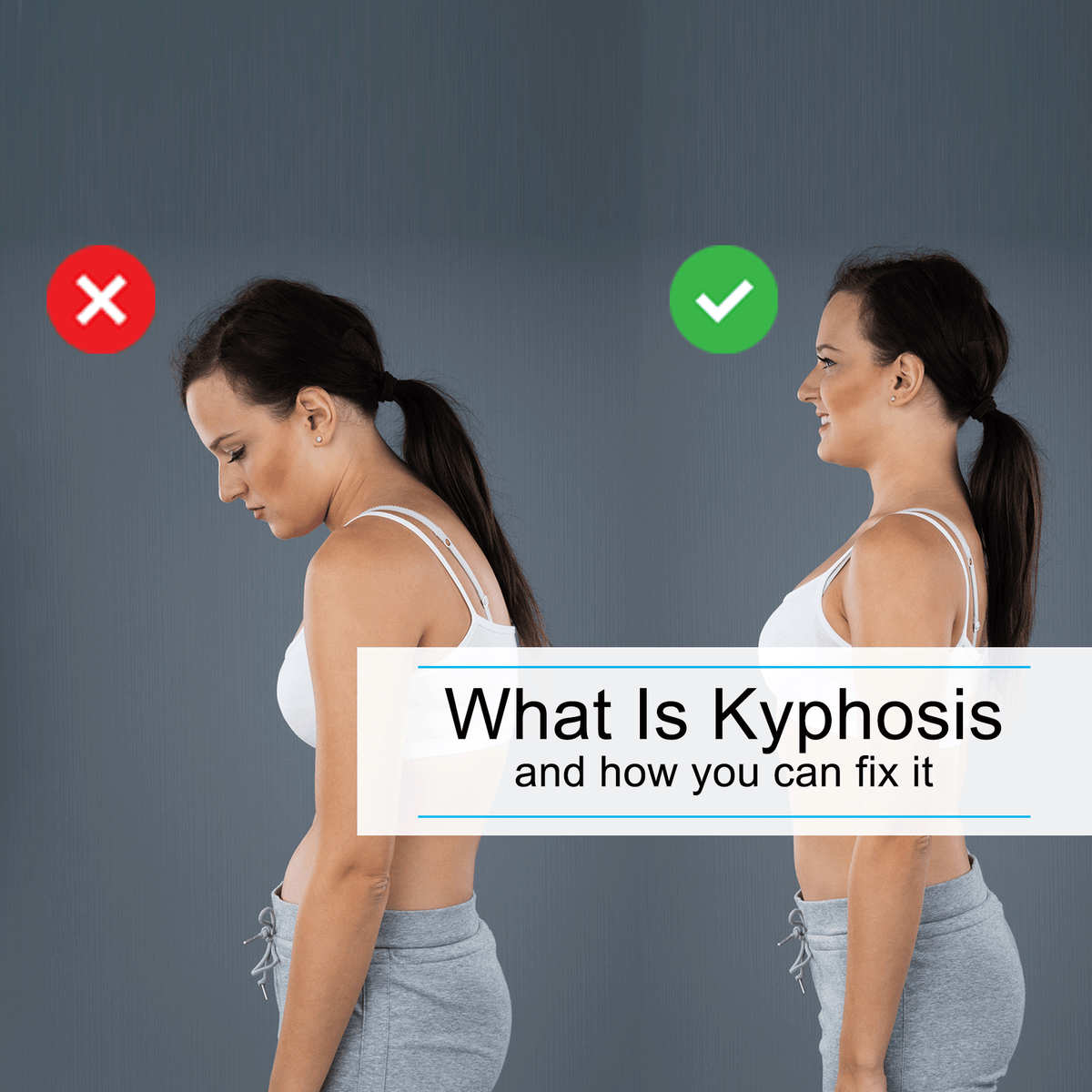
Kyphosis: Causes, Symptoms, and Solutions for Postural Health
|
|
Time to read min
|
|
Time to read min
Sounds easy enough; however, people whose spine curvature is close to 50 degrees or more suffer from a condition called Kyphosis or “hunch back.” As all body parts interconnect, so does the brain partner with posture. For many suffering from rounded shoulders, forward head posture, and humped backs, the reality of standing tall and walking with pride is but a mere illusion.
The anatomically correct thoracic (upper spine) should naturally form an “S” curve. When the “S” curve becomes more of a “C” curve, this rounded upper back that causes a forward stance is known as kyphosis. Hyper kyphosis occurs when the convex curve is more than 50 degrees. Kyphosis is an over-pronounced backward spinal curvature, commonly causing the appearance of an arch on the upper back, giving the upper body a rounded-forward appearance.
Postural Kyphosis occurs when anatomically correct posture is compromised due to poor posture and mismanaged movement patterns. In adolescence, it can occur in girls when they first develop breasts and become self-conscious, causing them to round their shoulders and slump in their postural stance. If this habit of slouching remains, a hump can develop behind the neck; consequently, over time, as the collar bones are forced downward, and the head and neck are pulled forward, the accumulation of fat and connective tissue forms a hump leading to a condition known as the “Dowager’s Hump.”
Forward-head posture develops in both sexes with the frequent use of devices over long periods. As people grow older and develop poor postural habits while sitting, driving, standing, and walking, the neck, shoulder, and back muscles weaken, leading to an increased “C” curve of the thoracic spine. Additionally, overusing the back instead of bending at the hips when reaching forward can cause extended curvature of the spine.
What are the consequences of Postural Kyphosis? Any deviation from anatomically correct postural alignment produces consequences. In the case of Postural Kyphosis, the results of the upper thoracic spine developing a hyper convex “C” curve rather than maintaining an anatomically correct “S” curve are as follows:
Standing on Posture Board
Duration: Hold for at least 5 min
How to Perform:
On Back Foot Circles and Points
Duration: 1 set of 60 reps
How To Perform:
